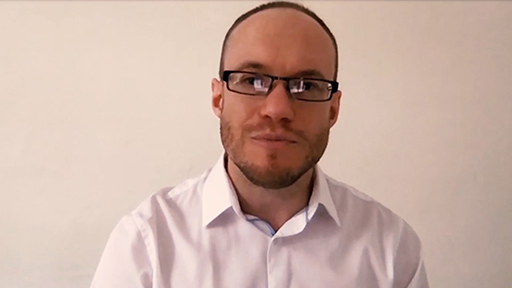Session 4 An introduction to born-digital data
This session is written by Andrew Cusworth from The University of Oxford.
Born-digital data is information that, though created, stored, and transmitted by physical devices, has no pre-existing non-digital counterpart. Albeit a recent development, such materials are perhaps most abundant source of information relating to human activity. The vast majority of what would once have been preserved and exchanged using physical objects is now produced and transmitted digitally and in greater quantities than at any other point in history.
Working with born-digital materials lends itself to exotic combinations of traditional and emergent methods of scholarly interrogation; it represents both an exciting frontier in scholarship and a daunting challenge.

Transcript: Video 4
The use of born digital data is relatively speaking a new and ascendant field in humanities scholarship. The term born digital data describes information that is generated by or using digital devices and resources and that has no pre-existing non-digital counterpart.
Owing to their abundance, these data will define future understandings of recent history and culture. However, their use depends and will continue to depend on the sustenance of innately unstable media and the acquisition and application of advanced scholarly and technical skills.
Born digital data can illuminate an argument with massive trends or tease out important fragments of human experience. However, with the sea of data divided and exposed to misuse and misunderstanding, the requirement for responsible handling and interpretation of this information poses important, even existential questions to our cultures, making this an important and contentious field for ethical as well as intellectual inquiry.
After studying this session, you should have:
- understood the difference between digitised and born-digital data
- familiarised yourself with the basic sources of born-digital data
- reflected on the ways born-digital data can be used for research.
